Pont Marie is a station of the Paris métro opened in 1926. It is named after the nearby bridge over the Seine, the Pont Marie, which connects to the Ile Saint-Louis.
Pont Marie street-level entrance to métro
Intersection with the Pont Marie bridge
Pont Marie bridge to the Ile Saint-Louis
Pont Marie bridge to the Ile Saint-Louis
View of the Seine River from the Pont Marie bridge
Platform signage at the Pont Marie underground métro station
Platform signage for Napoleon Exhibition at Parc de la Villette
The Hôtel de Sens is a medieval hôtel particulier, or private mansion, in the Marais, a short distance from the Pont Marie bridge. The hotel served as a residence for the archbishops of Sens. The archbishop was a prominent figure of power, so his residence reflected his influence within the city.
Overview of the Hotel de Sens garden
This is a little known garden in the Marais, not far from the Pont Marie. The garden is easily one of the loveliest green spaces in Paris. Every year I’ve been to Paris (the last ten), this garden is different. It is replanted with different flowers in different patterns every year and is beautiful every time it is reconceived.
Hotel de Sens garden
Hotel de Sens garden
Hotel de Sens garden
Rue des Rosiers street sign
The Rue des Rosiers is one of the most prominent streets for Jewish life in Le Marais, containing many different Kosher bakeries, fallafel stands, and Jewish establishments. Traces of the street's Jewish roots are still outwardly noticeable today and the world renowned Jewish restaurants, L'As du Fallafel and Boulangerie Marciano, attract thousands of visitors.
Rue des Rosiers
Rue des Rosiers
Street sign in the Marais, in the 4th arrondissement of Paris
This is quite a lineup of venues you will probably want to visit, all within a very short radius. Standing on this street corner, my camera at the ready, I was approached by a little old lady. She reached out and touched my camera and said, "It's a camera." Yes, Madame, nothing newfangled for me, just an old-fashioned camera. A hand-me-down digital camera, but nevertheless, a camera.
Musée Carnavalet entry gate
Musée Carnavalet, History of Paris Museum, is the oldest City of Paris museum. It opened to the public on February 25, 1880, in the Carnavalet mansion located in the Marais, where the architectural heritage was particularly well-preserved. The museum’s architecture now offers a history spanning more than 450 years. For over 150 years, the museum collections have told the story of Paris, from prehistory to the present. The exhibits inside the museum follow the transformation of the village of Lutèce, which was inhabited by the Parisii tribes, to the grand city of today with a population of more than 2 million.
Courtyard of the Musée Carnavalet
Courtyard of the Musée Carnavalet
I was pretty surprised to see all these tables in the courtyard, as previously, there had been no tables, umbrellas or food service in the courtyard--only superb, meticulously trimmed hedges with intermittently placed flowers.
Statue of Victory by Louis-Simon Boizot
The museum garden includes the original version of the Victory Statue that sits on top of the Chatelet Column. (This statue is so high up at Chatelet that I never really noticed it.)
Signage with the name of the exhibition at the Musée Carnavalet, “Revoir Paris.”
The exhibition, “Paris Revisited,” pays tribute to Henri Cartier-Bresson, one of the greatest photographers of the 20th century. The exhibition, running from June 15 to October 31, 2021, pays tribute to and shows visitors the photographer’s Paris. A French photographer considered a master of candid photography, and an early user of 35 mm film, Cartier-Bresson pioneered the genre of street photography and viewed photography as capturing a decisive moment. He lived in Paris and returned there between extensive reportages all over the world.
Charonne
The Left called for a demonstration on February 8, 1962 to denounce the OAS and the Algerian war. The Paris Police, led by Maurice Papon , repressed this demonstration, as it had done on 17 October 1961 (when between 32 and 200, mainly Algerian people, are estimated to have been killed).
Giacometti
Alberto Giacometti is best known for his elongated, withered representations of the human form, including his 1960 sculpture. Walking Man I, which in 2010 broke the record for a work of art at auction at $104.3 million. He has his own museum in Paris. His outsized, exaggeratedly thin figures are unmistakable.
Jean-Paul Sartre
Jean-Paul Charles Aymard Sartre was a French philosopher, playwright, novelist, screenwriter, political activist, biographer, and literary critic. He was one of the key figures in the philosophy of existentialism and phenomenology, and one of the leading figures in 20th-century French philosophy and Marxism. His work has also influenced sociology, critical theory, post-colonial theory, and literary studies, and continues to influence these disciplines.
Germans marching during occupation of France in WW II
Questioning of Sasha Guitry
The later years of Guitry's career were overshadowed by accusations of collaborating with the occupying Germans after the capitulation of France in the Second World War. The charges were dismissed, but Guitry, a strongly patriotic man, was disillusioned by the vilification by some of his compatriots
Velodrome
The Vélodrome d'Hiver (or "Vél d'Hiv") roundup was the largest French deportation of Jews during the Holocaust. It took place in Paris on July 16–17, 1942. To preserve the fiction of a French police force independent of the German occupiers, French policemen carried out the mass arrest of some 13,000 Jewish men, women, and children.
Vélodrome
German surrender
Liberation of Paris
Soldier during Bastille Day, July 14
De Gaulle (far left in pic) at the end of WW II
Enjoying Peace




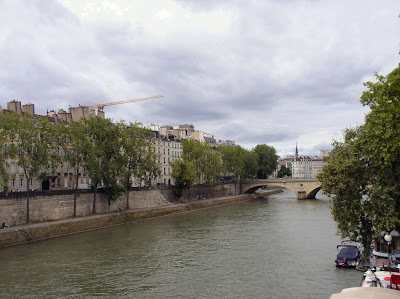

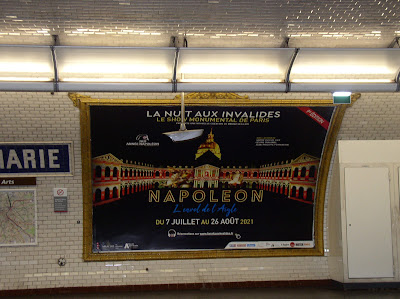






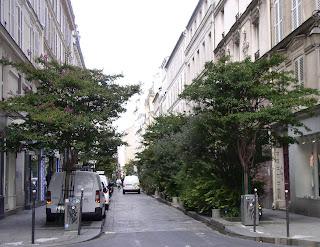







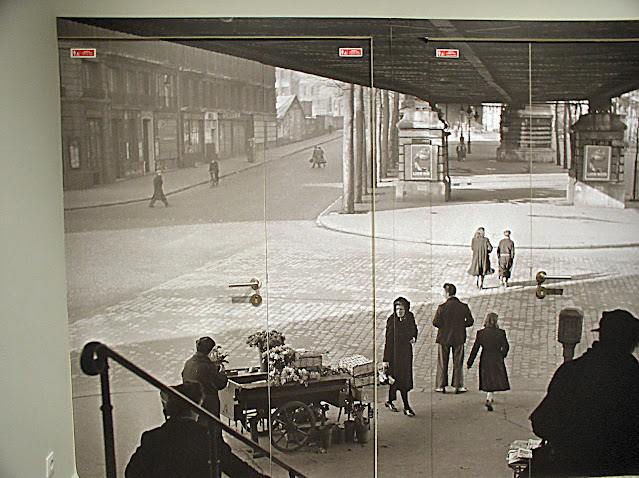
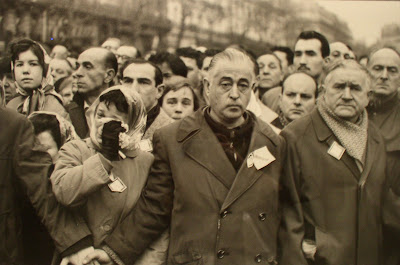












No comments:
Post a Comment